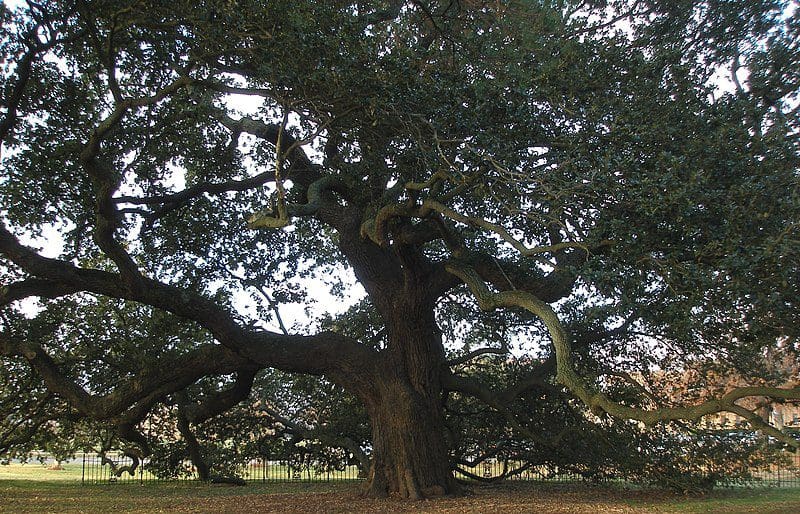
In 1619, African slaves were among the very earliest to arrive in Virginia after being abducted from their villages far across the Atlantic. They landed at Point Comfort, the future site of Fort Monroe in Hampton, and were sold in exchange for food and supplies. Virginia’s first census in 1620 listed the “colony’s 32 Africans: 15 male and 17 female.” Thus, began four centuries of Black history in Virginia.
The Hampton Roads region proudly celebrates Black history in several museums and monuments. Fort Monroe is recognized as a national monument for the beginning and end of slavery. The fort, completed in 1834, was held by the Union Army during the Civil War and provided asylum for thousands of runaway slaves under the “Contraband Decision” of 1861. Visit the Casemate Museum, housed in the fort’s fortified walls, to learn the entire story.
Another Civil War monument honoring African American Union soldiers stands in Norfolk. The Black Soldiers Memorial, a.k.a. “Billy Yank” is a black Yankee soldier standing atop a column paying tribute to Civil War and Spanish American War vets buried there.
In 1863, Black residents of Hampton gathered in the shade of a young oak tree for the first Southern reading of Lincoln’s Emancipation Proclamation. Today the Emancipation Oak’s limbs spread 100 feet and the tree is inscribed on the National Register of Historic Places. Mrs. Mary Peake taught lessons under the oak, which was the forerunner of Hampton University, founded in 1868. Today, the Historically Black College is nationally ranked and houses the oldest and largest African American museum in the country.
Richmond is also home to important Black history museums and poignant heritage. From 1830 to 1860, Richmond was an epicenter of the slave trade. The Richmond Slave Trail is a self-guided walking trail that includes the moving sites of slave markets, a slave jail, the Negro Burial Ground, and an African Baptist Church.
More uplifting Black History can be found in Richmond’s Jackson Ward, known as “The Harlem of the South.” This historic neighborhood in Richmond is considered the “Birthplace of African American Entrepreneurship” where you can visit the Home of Maggie Walker (temporarily closed due to coronavirus), the first female bank president in America, and the Black History Museum and Cultural Center, which celebrates the rich culture and contributions of African Americans.
Several of our country’s first presidents hailed from Virginia and had complex relationships with their slaves. Through September 2020, Lives Bound Together: Slavery at George Washington’s Mount Vernon exhibits Washington’s evolving views on slavery that led him to free his slaves upon his death. At Thomas Jefferson’s Monticello in Charlottesville, the Life of Sally Hemings exhibit tells the story of Jefferson’s slave concubine who negotiated freedom for her children. The Mere Distinction of Colour is a provocative and interactive exhibition at James Madison’s Montpelier where visitors hear stories from living descendants of slaves who belonged to the “Father of the Constitution.”
There are many other worthy Black History museums in Virginia, but one important one is the Robert Russa Moton Museum in Farmville. This is where 16-year-old Barbara Rose Johns began a student strike in 1951 that culminated in the Civil Rights hallmark case of Brown v. The Board of Education in 1954.
Travel is all about understanding history and culture and appreciating how their contributions impact the world. As our country struggles for racial equality, visiting these important Black History museums in Virginia is a timely way to make the most out of your travels. Contact your Covington vacation advisor for help planning your trip.






Leave a Reply